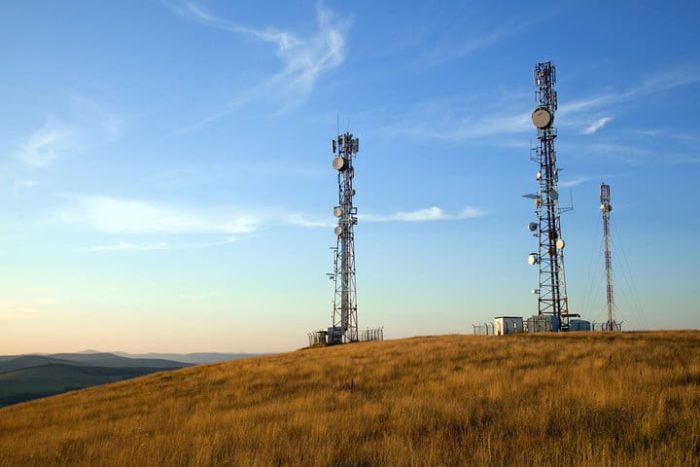
When buying a new smart smartphone or device, it is easy to get confused over the many features and acronyms to choose from. From CDMA to GSM, WiMax and LTE, what do they all really mean for the mobile device user? We will be comparing 4G and LTE in this post.
While 4G means the 4th generation of mobile data technology, LTE means ‘Long-Term Evolution’ of mobile data technology. Apart from their nomenclature and meaning, in what other way do these two differ from each other? Read on!
What makes a device 4g compliant?
According to the ITU-R, there are set standards for devices claiming to provide 4G connectivity. Mobile devices such as smartphones and tablets are required to have connection speeds not less than 100 megabits per second, while stationary devices such as mobile hotspots and Wi-Fi systems need to have a speed not less than 1 gigabit per second.
However, because these prescribed speeds seem unachievable, the 4G system is now used to refer to any internet capacity that has any improvement over the 3G system.
The concept of LTE – Long Term Evolution
LTE is an acronym which means Long-term Evolution, and it is more of the path used in achieving 4G speeds than a technology itself. Therefore, a device said to have 4G LTE capability is a means of claiming next-generation connectivity ability while only having an improvement over 3G. However, despite the inconsistency in network speed capability due to location and network provider, there is always a noticeable difference between 3G and 4G networks.
Therefore, the major differences between true 4G and LTE are:
- LTE speeds are greater than 3G speeds and usually identical to the true 4g networks.
- To create a 4G network connectivity, it requires two components which are a network which can provide the necessary speed and a device capable of downloading information at a speed high enough.
- LTE networks make use of packet-switching technology which simply makes use of the most efficient communication routes for transferring data